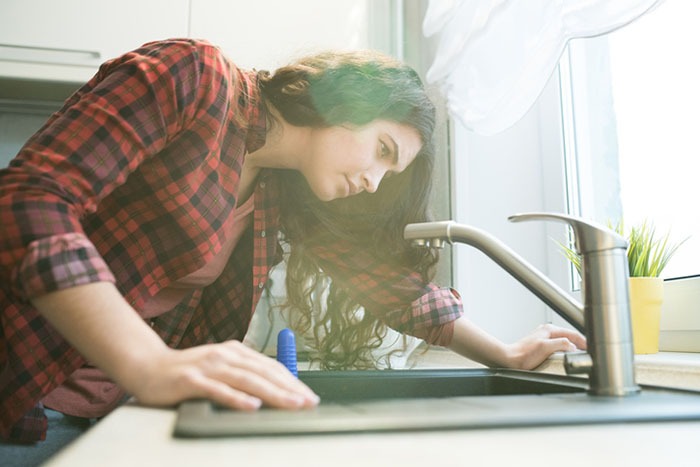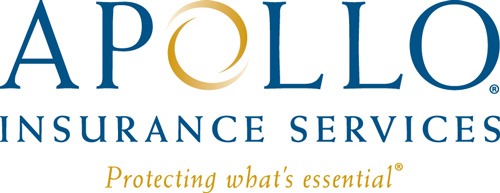Home Maintenance Tips to Help Protect Against Water Damage

Serious concentrated young woman in checkered shirt checking faucet while having problem with dropping faucet in kitchen
If you’re a homeowner, you may be surprised to learn that most water damage is due to unchecked plumbing issues that lurk on the property — things like slow leaks, corroded pipes, and degraded valves and supply lines.
Fortunately, many of these issues are preventable with some basic, proactive home maintenance.
Do you want to reduce the chances of water damage in your house? Here are some home maintenance tips that Travelers risk control specialists recommend:
Locate your main water shutoff valve and learn how to turn it on and off
Knowing how to turn off your main water valve is critical in the event of a burst pipe or other water emergency. In many homes, the valve is located on an exterior wall of the home, in the garage, or in the basement. If you have a public water supply, the main water valve is typically on the street-side of your home. For homeowners who have wells, the main water valve will most likely be located on the same side of the house as your well. Typically, to turn off the main water valve, you simply turn the valve handle clockwise until it stops. Closing the valve should shut off all water supply into your home in the event of a leak, or if a repair is needed.
Have your plumbing systems professionally inspected
If you’re unfamiliar with your plumbing system or have concerns about it, have a licensed plumber inspect it for any issues (or signs of impending ones). One good tip is to ask the plumber to tag your main water valve — as well as any other important plumbing valves — for example, with a red flag or piece of tape. This can help you locate them more quickly in an emergency.
Visually inspect your pipes regularly
You don’t have to be a professional plumber to recognize potential problems with your pipes. It’s a good idea to regularly walk through your home to take a closer look at any exposed pipes, fittings, valves and supply lines you can see.
Watch for evidence of slow leaks
Not all leaks are obvious. In fact, slow leaks can be some of the most insidious, as they’re often very difficult to spot before a larger problem occurs. Routinely check your appliances, such as your washing machine, dishwasher, or even fixtures, and the area around your appliances.
Look in cabinets and areas that have pipes connecting to appliances or fixtures (under the kitchen sink, for example) for telltale signs. Is there discoloration or damage on the wood below a pipe or fitting? Is the paint peeling? These environmental signs could point to a slow leak.
More Ways to Protect Your Home
Technology has made water loss prevention easier than ever. There are now “smart” water leak detectors and sensors you can install near or around your appliances and connection points that can alert users of leaks in their earliest stages.
These water leak detectors come in both DIY and professionally installed options, so there’s likely something for every budget and capability.
Finally, having the right amount of homeowners insurance coverage is also an important step toward protecting yourself from the potentially devastating costs of water damage. Contact your friends at Apollo Insurance Services at 800.426.1088, option 2 for a complimentary insurance review.
